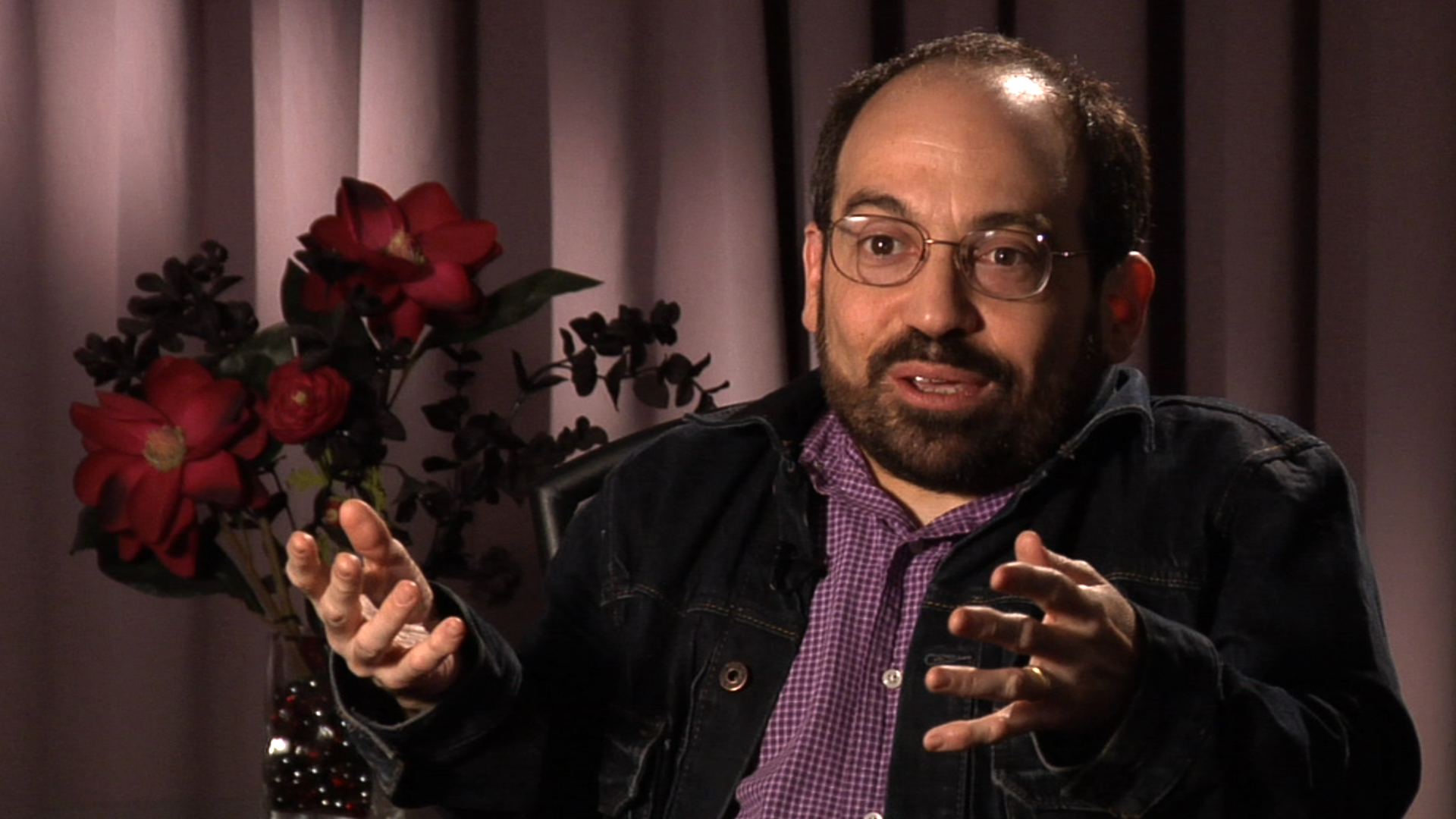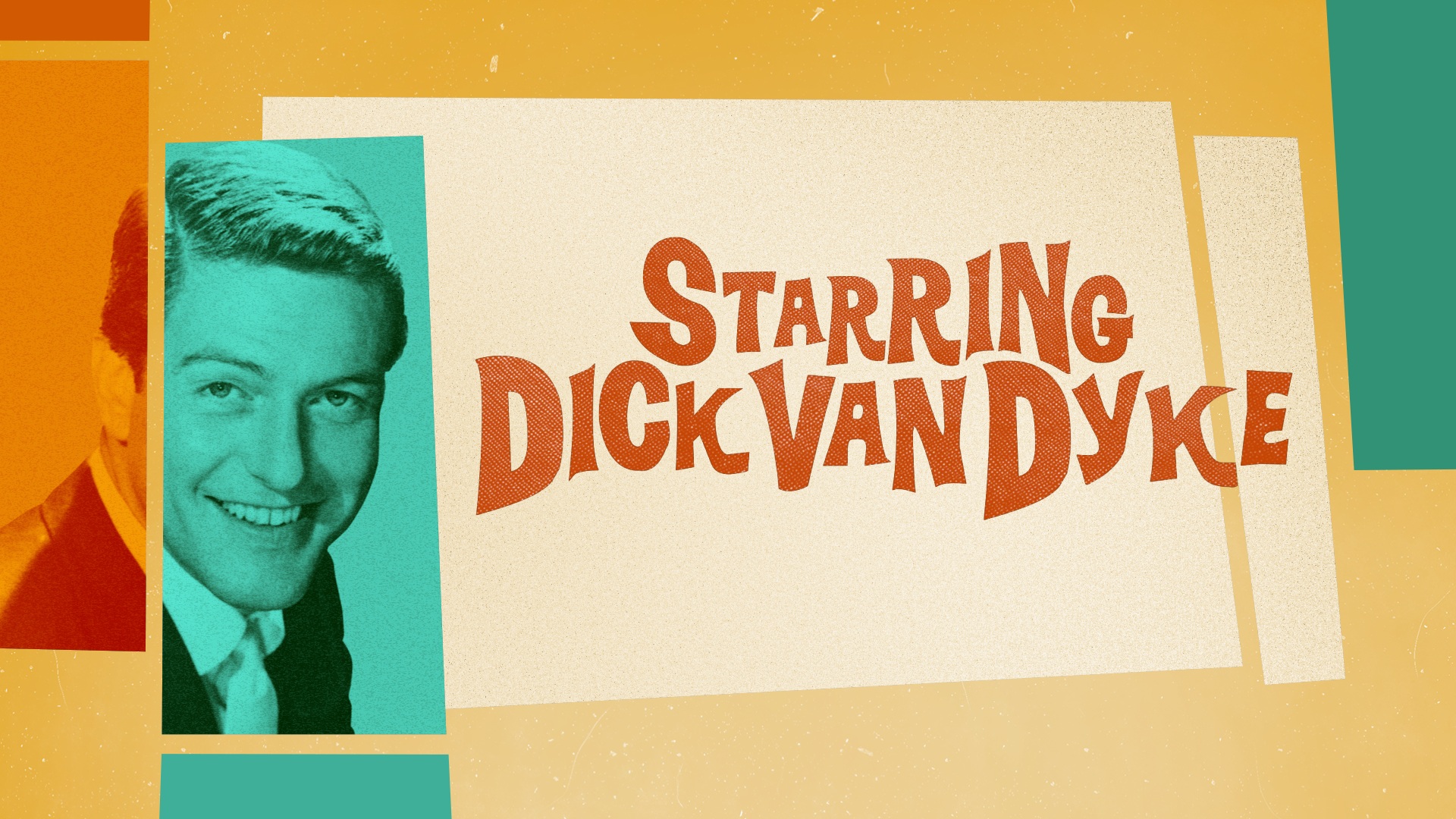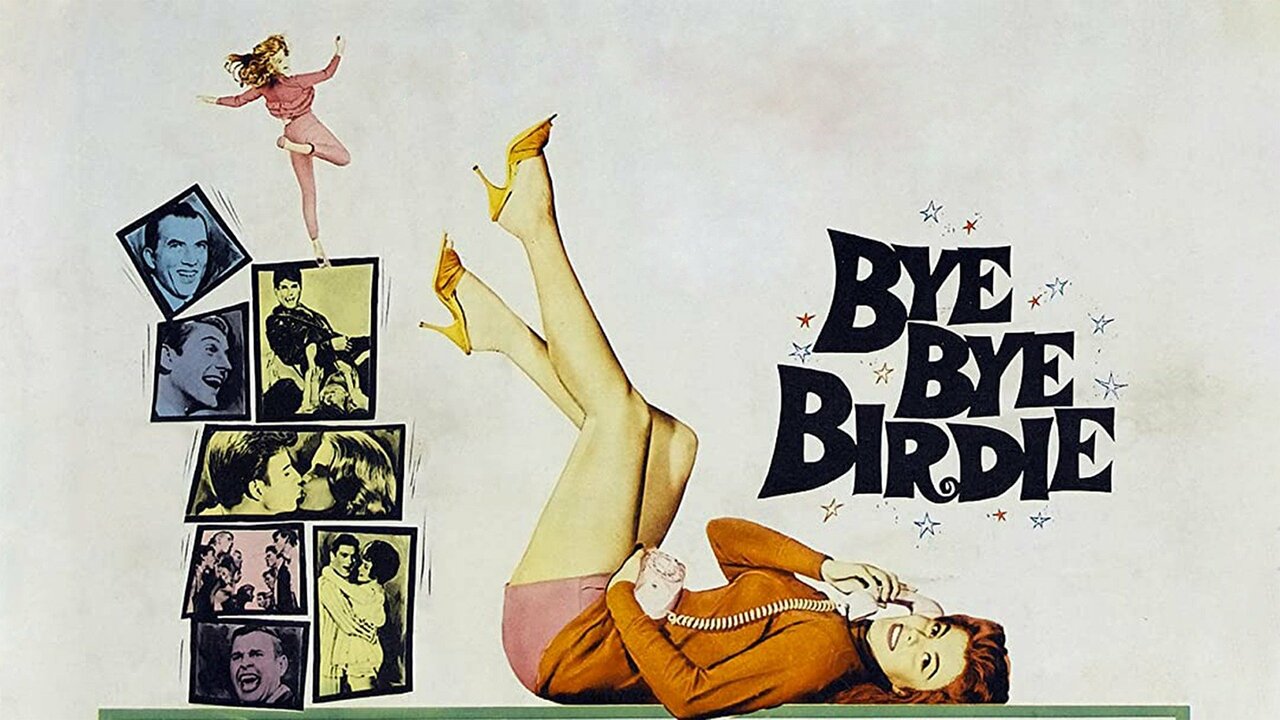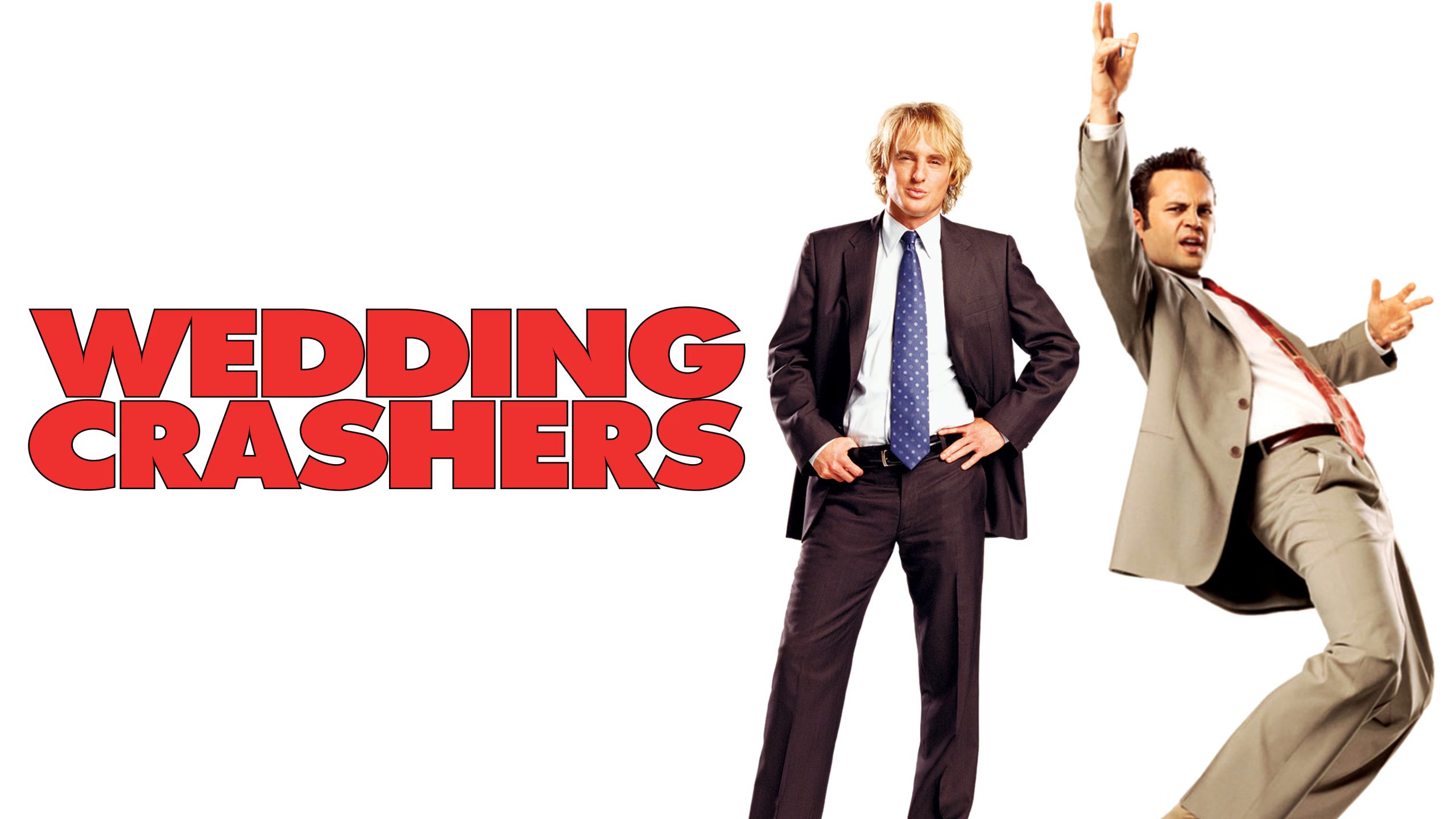
Cinemability: The Art of Inclusion is an eye-opening and must-watch look into the history of disabilities as portrayed in both film and television.
I must admit first and foremost that I’m not an expert on disability in TV and film. It’s not something that I honestly have paid much attention to in the past when watching something. I’m trying to do better in that regard but this documentary has provided a new perspective. It is one that I am planning to take into account while going forward. I may come back to this message later but there’s something that’s so compelling about this film.
Director Jenni Gold gets straight to the point in this documentary. The film is funny at times, which surely comes as a surprise. Characters with disabilities typically fall under two tropes in cinema. It comes as no surprise that both tropes date back to the start of the silent era. The two tropes are the sweet innocent and the angry revenger. Gold gives us a number of examples for both tropes but stresses one in particular for each.
The “sweet innocent” character is a trope that is frequently portrayed on screen by women. These characters usually start out with a disability before becoming a member of the mainstream by the end. One such example is the blind girl that Virginia Cherrill plays in Charlie Chaplin’s City Lights.
The next such trope that the film discusses is the “angry revenger.” There are a number of characters that fall under this category. All of them are typically portrayed by men in films. All of these men are recently disabled at the start of the film. More often than not, they will end up dead by the end.
If this wasn’t enough, there’s a Thomas Edison short film would provide damage to way the disabilities are portrayed for years to come. His 1897 short film, The Fake Beggar, may only be 30 seconds but the content is damaging. The portrayal is so bad that it would later be replicated by Eddie Murphy in Trading Places decades later. The same thing happens in both films: a “legless” con man gets discovered by police.
While the clips alone would do the job in this very compelling documentary, Gold talks with a number of actors, filmmakers, and executives. The interviews help bring a new light on how disabilities are viewed by audiences. We can look at how disabilities were being depicted during the 1970s and 1980s. Specifically, the depictions in those two decades led to the 1990 Americans with Disabilities Act. Without those depictions, the ADA very well could be a thing of fantasy!
Gold started working on the documentary about a decade ago. This explains why the film is dedicated to the memory of nine people, including Garry Marshall and Ken Howard. That’s beside the point though but modern projects are featured. One of those being Breaking Bad with a focus on RJ Mitte. Mitte has cerebral palsy but initially left this off his resume for fear of not getting work.
Superman director Richard Donner talks of the initial casting for Lethal Weapon. We may thinking nothing of the casting now but at the time, Danny Glover was not even a thought. Of course, nobody else is able to bring was he could bring to the role. This stresses the importance of casting directors in Hollywood! Donner didn’t see the detective as a person of color when he read the script. He wasn’t even thinking anything outside of the character being a detective when reading the script!
One can view these comments in a stark contrast to writer-director Peter Farrelly. Farrelly talks about the time when Eunice Kennedy Shriver chewed him out for There’s Something About Mary. This is a phone call that would forever change how Farrelly would make a film. All one needs to do is look how the director chooses to cast films.
We’ve now reached an era in which inclusion has never been more important than ever. It’s the world of entertainment that has to take charge because as they go, so goes the nation. How many times have we watched a film and wondered if a disabled actor would approach a role differently than an able-bodied human? If I’m being perfectly honest, it’s not something I think about often but I’m working to do better.
If Jenni Gold’s mission in making Cinemability: The Art of Inclusion is to get people to view disabilities on screen in a new light, it’s safe to say that she did her job. The takeaway message is pretty strong in this documentary. This film is a must-watch in that regard because of the strong impact.
DIRECTOR: Jenni Gold
FEATURING: Jane Seymour, Ben Affleck, Jamie Foxx, Geena Davis, Marlee Matlin, Gary Sinise, Peter Farrelly, Helen Hunt, William H. Macy, Camryn Manheim, Robert David Hall, Ken Howard, Taylor Hackford, Kyle MacLachlan, Kellie
Martin, Garry Marshall, Danny Murphy, Gale Anne Hurd, Richard Donner, RJ Mitte, Vince Gilligan, Paris Barclay, Daryl Mitchell, Geri Jewell, Danny Woodburn, Ben Lewin, Beau Bridges





